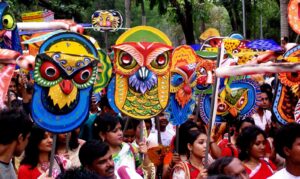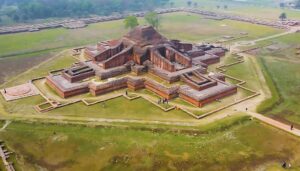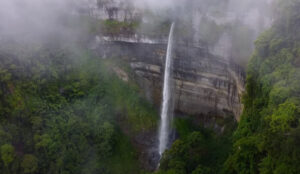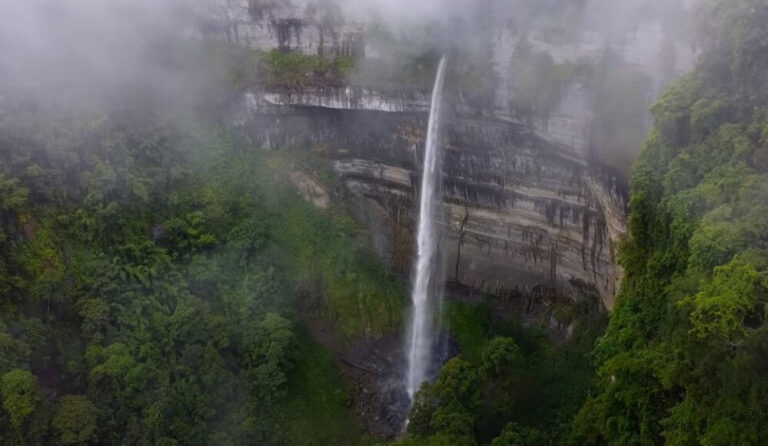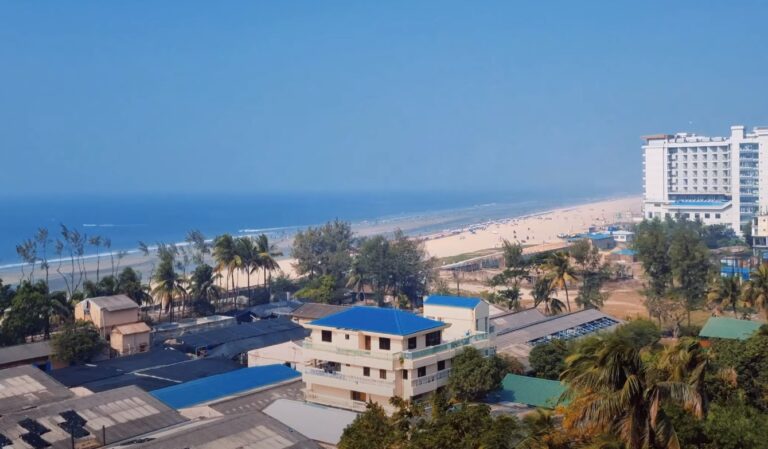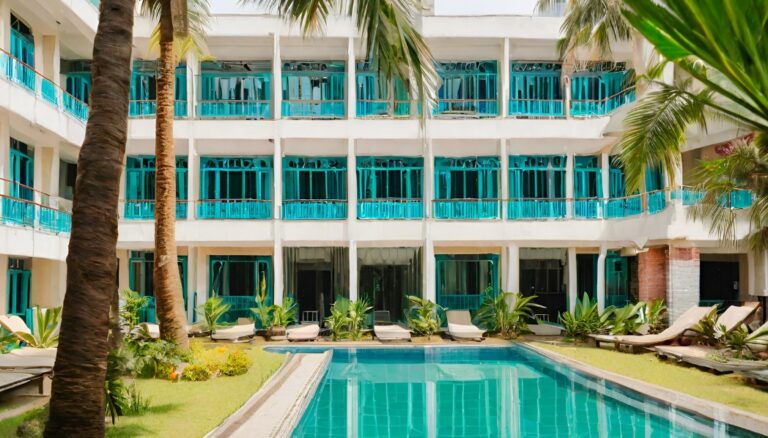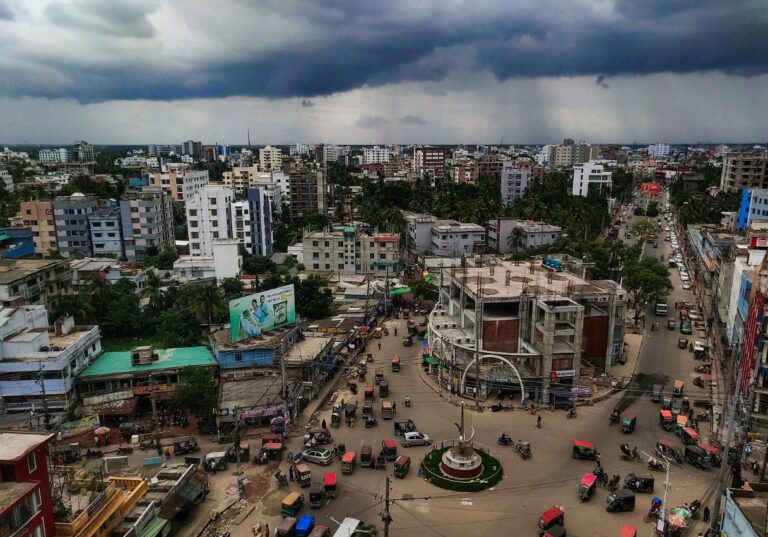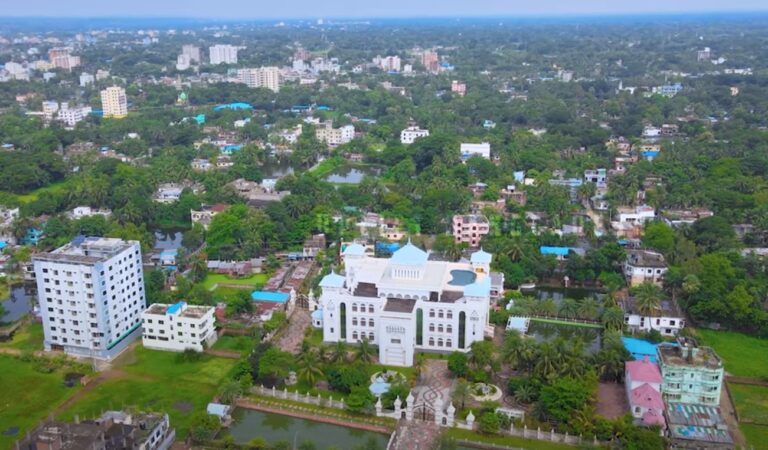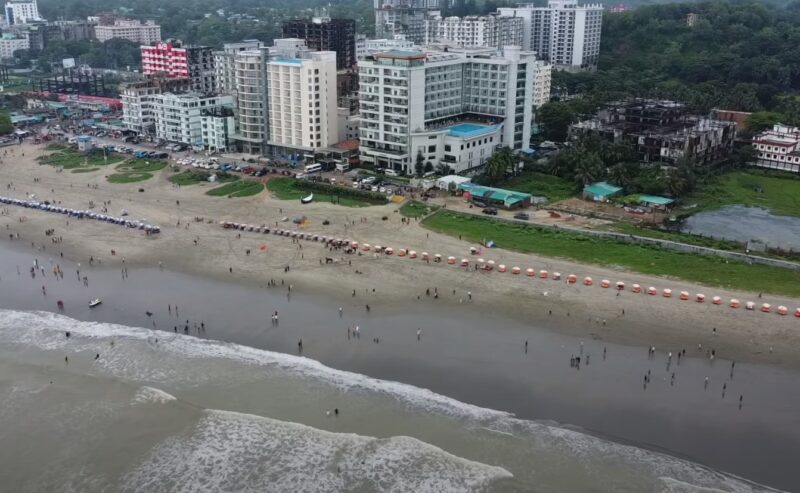
Cox’s Bazar in Bangladesh is a combination of pristine beaches, vibrant culture, and an unparalleled sense of tranquility. Located along the southeastern coast of Bangladesh, this city is not just a geographical marvel but a testament to the harmonious blend of nature’s splendor and human hospitality.
Renowned for hosting the world’s longest natural sea beach, this city is a symphony of natural beauty, cultural diversity, and human resilience.
Cox’s Bazar is a place where the majesty of nature meets the richness of culture, offering visitors a unique blend of relaxation, adventure, and insight into the human spirit.
World’s Longest Natural Sea Beach: This Bangladeshi coastal city is celebrated for having the one of the longest natural sea beach globally, spanning over 120 kilometers. Vast golden sand beach against the turquoise Bay of Bengal is a major draw for its scenic beauty and tranquil atmosphere. Biodiversity Hotspot: The city is surrounded by rich biodiversity, including tropical rainforests, hills, and rivers, making it a paradise for nature lovers and researchers. The Himchari National Park, close to Cox’s Bazar, is a notable area of ecological wealth, home to diverse flora and fauna. Cultural Melting Pot: The city’s cultural landscape is shaped by centuries of Buddhist heritage and influences from the Mughal and British eras, alongside the unique traditions of indigenous communities like the Rakhine and the Chakma. Refuge and Resort: Cox’s Bazar serves dual roles as a serene vacation spot and a refuge for Rohingya refugees, adding a layer of human significance to its natural allure. The presence of refugee camps near the city has turned it into a focal point for humanitarian efforts. Adventure and Leisure Activities: The city caters to adventure seekers with activities like surfing, paragliding, and cruises to nearby islands. Additionally, the local markets offer a vibrant shopping experience for handicrafts, souvenirs, and local produce.Key Takeaways
The World’s Longest Natural Sea Beach
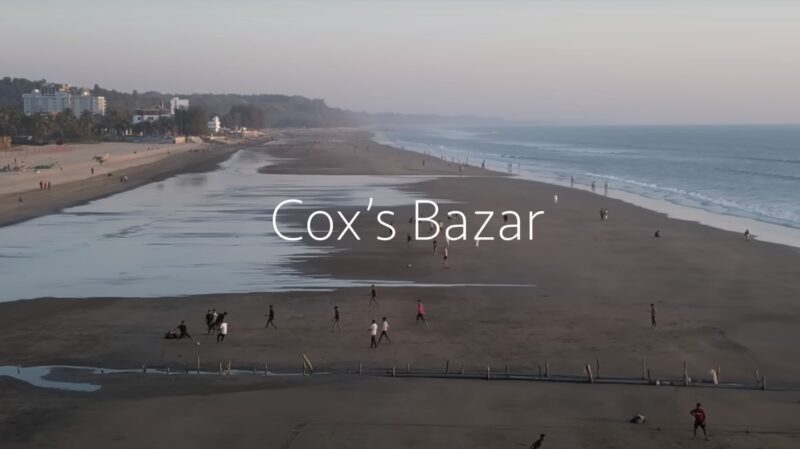
Renowned for its breathtaking beach, Cox’s Bazar holds the title of one of the longest natural sea beach in the world, a distinction that places it on the global map as a must-visit destination.
Stretching over 120 kilometers, from Teknaf to the southern tip of Bangladesh, this beach is a marvel of nature’s craftsmanship, showcasing an uninterrupted expanse of golden sand that hugs the edge of the Bay of Bengal.
The beach’s vastness is not just a matter of geographical pride but serves as a canvas for the diverse experiences it offers. The golden sands create a warm and inviting ambiance, while the turquoise waters of the Bay of Bengal add a mesmerizing contrast, painting a picture of serene beauty that captivates the soul.
A Melting Pot of Biodiversity
Beyond its beach, Cox’s Bazar is a haven for biodiversity. The nearby hills, tropical rainforests, and rivers are teeming with a wide array of flora and fauna, making it a hotspot for nature enthusiasts and researchers.
The marine life around Cox’s Bazar is equally fascinating, with opportunities for snorkeling and diving to explore the underwater world. Rich natural heritage makes Cox’s Bazar a magnet for nature enthusiasts, ecologists, and researchers keen on exploring the intricate web of life that thrives here.
The Himchari National Park is situated a few kilometers from Cox’s Bazar. It epitomizes the area’s ecological wealth. This protected area is a sanctuary of biodiversity, boasting verdant landscapes that range from hilly terrains covered in thickets of green to serene streams cascading down to the sea.
The park is home to a plethora of plant species, some of which are endemic to the region, offering a green haven of unparalleled beauty. Wildlife enthusiasts visiting Himchari can expect to encounter a variety of animals in their natural habitat, including different species of birds, reptiles, and mammals, making it a perfect spot for bird watching and wildlife photography.
Cultural Richness and Heritage
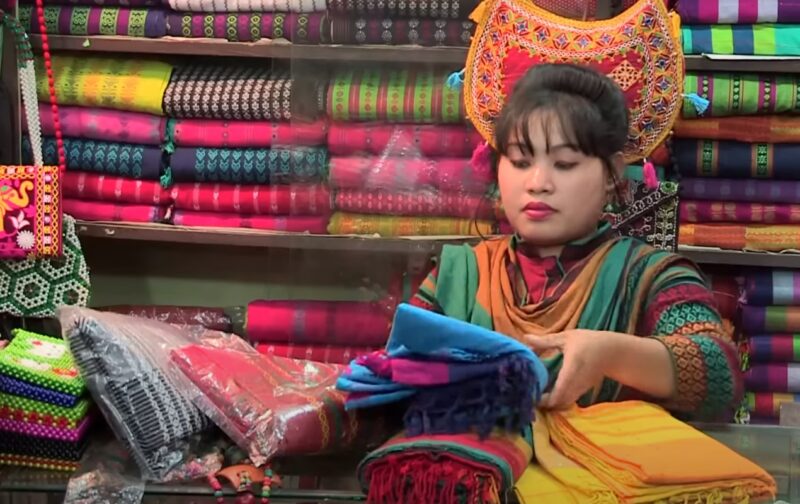
Cox’s Bazar is a mixture of cultures, traditions, and histories. The city’s history, marked by centuries of Buddhist heritage and later influences from the Mughal and British eras, is reflected in its architecture, festivals, and local customs.
The indigenous communities, such as the Rakhine and the Chakma, add to the city’s cultural richness, offering visitors a glimpse into their unique ways of life, cuisine, and crafts.
The Rakhine, with their Buddhist heritage, celebrate festivals such as the Water Festival and the Rakhaing Thingyan, which mark the lunar new year with water fights, symbolizing the washing away of sins and the welcoming of a fresh start. The Chakma, known for their colorful textiles and handicrafts, offer a glimpse into their unique way of life through their vibrant marketplaces and traditional crafts.
A Refuge and a Resort
While it serves as a serene vacation spot, Cox’s Bazar is also home to one of the largest refugee camps in the world, hosting Rohingya refugees from Myanmar.
The presence of the Rohingya refugee camps near Cox’s Bazar has indeed cast a spotlight on the region, transforming it into more than just a holiday destination. It has become a crucial point for humanitarian efforts, drawing aid workers, journalists, and human rights advocates from across the world.
The refugees, despite the hardships they endure, continue to foster a sense of community, preserve their cultural practices, and strive for a semblance of normalcy under challenging circumstances. Aid organizations and volunteers work tirelessly to provide essential services, including healthcare, education, and shelter, striving to uphold the dignity and rights of the refugees.
For visitors, Cox’s Bazar is not just a destination for relaxation and leisure but also a place for reflection on the pressing humanitarian issues of our time, making it a truly remarkable place on the map of global tourism and human empathy.
Adventure and Leisure Activities
For those seeking adventure, Cox’s Bazar offers a plethora of activities. From surfing the waves of the Bay of Bengal to paragliding over the scenic coastline, the city caters to thrill-seekers of all kinds. For a more leisurely experience, one can embark on a cruise to the nearby islands, such as Sonadia and Maheshkhali, or explore the local markets for handicrafts and souvenirs.
- Numerous surf schools along the beach provide lessons and equipment rental, making it easy for everyone to catch a wave. The thrill of surfing, combined with the stunning views of the coastline, makes for an unforgettable experience.
- Paragliding is another exhilarating activity that has gained popularity in Cox’s Bazar. Soaring above the coastline, paragliders can enjoy panoramic views of the vast sea, golden beaches, and green hills.
- For those looking for a more relaxed pace, Cox’s Bazar does not disappoint. Cruises to the nearby islands, such as Sonadia and Maheshkhali, offer a peaceful escape from the mainland. A cruise can be a perfect day trip, allowing visitors to unwind on the water, explore untouched beaches, and enjoy the serenity of the surrounding nature.
- The local markets of Cox’s Bazar are a treasure trove for those interested in handicrafts, souvenirs, and local produce. Walking through these markets is an experience in itself, with the vibrant colors, bustling energy, and the array of goods on offer.
FAQs
What makes Cox’s Bazar beach special?
Cox’s Bazar beach is renowned for being the one of the longest natural sea beach in the world, extending over 120 kilometers. Its vast golden sands and the turquoise waters of the Bay of Bengal create a stunning and serene setting ideal for relaxation and adventure.
What’s the history behind Cox’s Bazar?
Named after Captain Hiram Cox of the British East India Company, Cox’s Bazar was established as a market town in his honor. Cox was tasked with rehabilitating refugees in the area but passed away before completing his mission.
When is the best time to visit Cox’s Bazar?
The ideal time to visit Cox’s Bazar is from November to March. During these months, the weather is pleasant with low humidity and minimal rainfall, perfect for beach activities and exploration.
Is visiting Cox’s Bazar worthwhile?
Absolutely, Cox’s Bazar is a must-visit destination. It offers a unique mix of the world’s longest beach, diverse ecosystems, rich cultural heritage, and insights into the resilience of human communities, appealing to a broad spectrum of travelers.
How expensive is Cox’s Bazar?
The cost of visiting Cox’s Bazar varies based on personal preferences. With options ranging from luxury resorts to budget accommodations and various dining choices, Cox’s Bazar can accommodate both budget-friendly and more luxurious travel plans.
Conclusion
Stemming from its unparalleled natural beauty, rich cultural tapestry, and the warm hospitality of its people, Cox’s Bazar’s fame is well-deserved.. It stands as a beacon of natural wonder, offering a unique blend of relaxation, adventure, and cultural immersion.
Whether one is drawn to its famous beaches, the beauty of its biodiversity, or the depth of its cultural heritage, Cox’s Bazar remains a destination that captivates the heart and soul, promising an unforgettable experience to all who visit.
Cox’s Bazar remains a symbol of the beauty and complexity of our world. It invites us to explore, reflect, and connect, making it a truly remarkable destination that continues to captivate and inspire visitors from around the globe.





